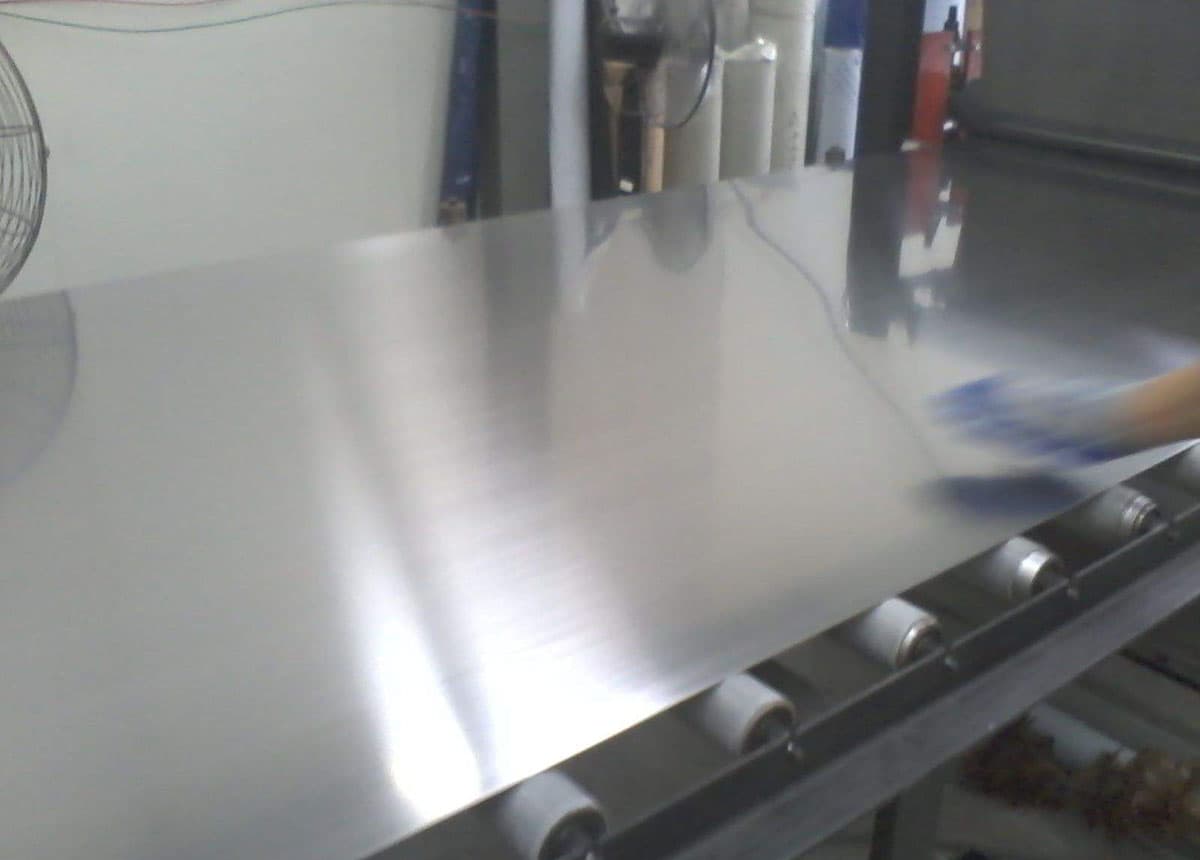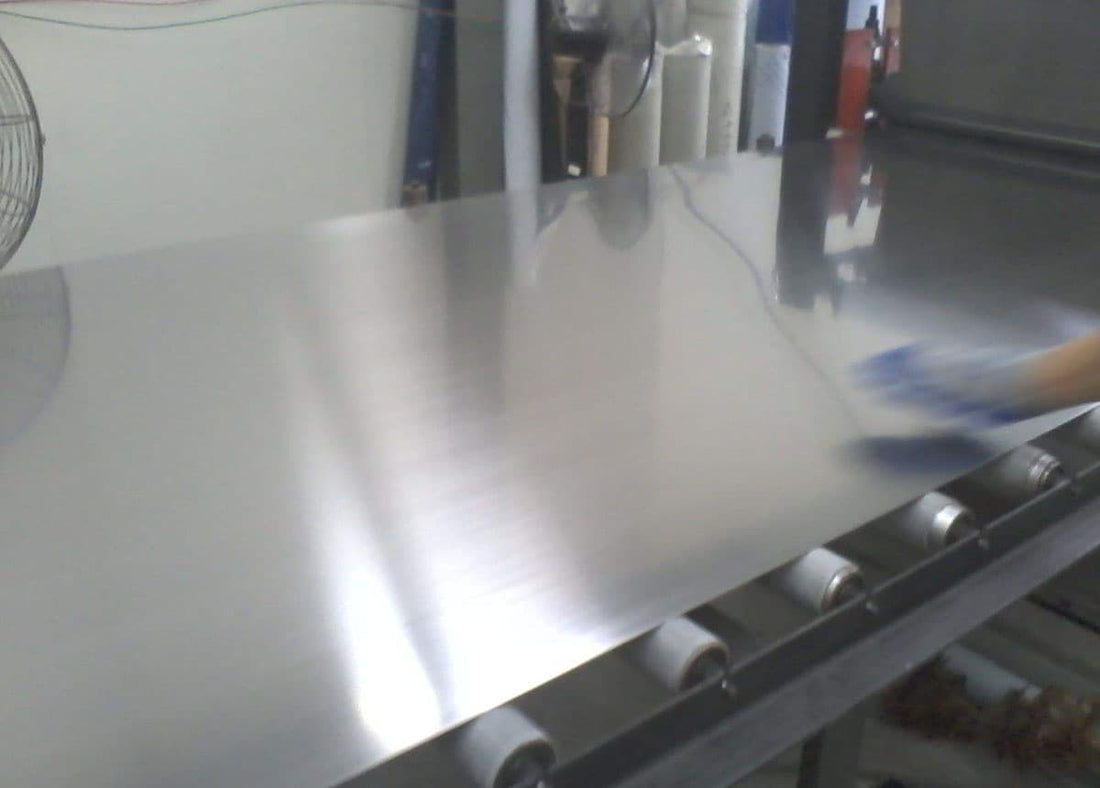Stainless Steel Grade Number Meaning
What does a stainless steel grade number mean?
A stainless steel grade number reflects the properties and characteristics of different stainless steel materials. It serves as a “universal language” in the manufacturing, marketing and use of stainless steel materials.
Based on the steel's structural characteristics, chemical composition, or a combination of both, stainless steel is generally classified into martensitic, ferritic, austenitic, duplex, and precipitation hardening stainless steel, or chromium-nickel stainless steel.
For example, the numerical meaning of 304 stainless steel and 06Cr19Ni10 stainless steel can be referred to below:
(Note: Stainless steel grade is a classification of steel types and cannot be understood independently of other steel types. A comprehensive understanding is required for accurate interpretation.)
Related Reading: Stainless Steel Grades: The Ultimate Guide

1. Classification description of China steel grade representation method
(1) Stainless steel and heat resistant steel
- The carbon content in the steel grade is expressed as a percentage to the thousandth.
For example, the “2” in 2Cr13 indicates that the average carbon content of the steel is 2% (i.e. 0.2%).
If the carbon content in steel is less than or equal to 0.03% or 0.08%, the new national standard steel grades are preceded by “022” and “06” respectively, such as 022Cr17Ni12Mo2 and 06Cr19Ni10.
(The former national standard steel grades are denoted by “00” and “0” respectively, such as 00Cr17Ni14Mo2 and 0Cr18Ni9).
- The main alloying elements in steel are expressed as a percentage, while titanium, niobium, zirconium and ammonia are marked according to the expression method for microalloyed elements in structural steel alloys.
(2) Alloy structural steel
- The first two digits of the steel grade indicate the carbon content of the steel, expressed as a percentage to the ten thousandth. For example, 40C.
- The main alloying elements of steel, excluding individual microalloy elements, are generally expressed as a percentage.
When the average alloy content is less than 1.5%, the steel grade is usually marked with element symbols instead of content. However, if there is a possibility of confusion in special circumstances, the number “1” may be added after the element symbols, as in the steel grades “12CrMoV” and “12Cr1MoV”. The former has a chromium content of 0.4-0.6%, while the latter has a chromium content of 0.9-1.2%, all other components being equal.
When the average content of alloying elements is 1.5% or higher, 22.5% or higher, or 3.5% or higher, the content must be indicated after the element symbol, represented by 2, 3 or 4. For example, 18Cr2Ni4WA.
- Vanadium (V), titanium (Ti), aluminum (AL), boron (B), rare earths (RE) and other alloying elements in steel are considered microalloying elements. Despite the low content, they must still be marked on the type of steel. For example, 20MnVB steel where vanadium is 0.07-0.12% and boron is 0.001-0.005%.
- A suffix “A” must be added to the end of the steel grade for high-grade, high-grade steel to distinguish it from ordinary high-grade steel.
- For special-purpose structural alloy steel, the steel type is preceded (or suffixed) by a symbol that represents the purpose of the steel type. For example, the 30CMSi steel grade dedicated to riveting is ML30CrMnSi.
(2) Designation of American steel products
There are several American standards for steel products, including:
Here is the list of various American standards and institutions along with their brief descriptions, organized in a table:
| Standard/Institution | Description |
|---|---|
| ANSI (American National Standards Institute) | A private, nonprofit organization that oversees the development of voluntary consensus standards for products, services, processes, systems, and personnel in the United States. |
| AISI (American Iron and Steel Institute) | An association of North American steel producers. He is a great supporter of the development and use of steel in industry. |
| ASTM (American Society for Testing and Materials) | An international standards organization that develops and publishes voluntary consensus technical standards for a wide range of materials, products, systems and services. |
| ASME (American Society of Mechanical Engineers) | A professional association that, in addition to other activities, promotes the art, science and practice of multidisciplinary engineering and related sciences throughout the world. |
| AMS (aerospace materials specification) | Developed by SAE, these are the most widely used material specifications in the American aviation industry. |
| API (American Petroleum Institute) | A trade association representing all aspects of the United States oil and natural gas industry. They develop standards for petroleum and petrochemical equipment. |
| AWS (American Welding Society) | A nonprofit organization that develops and publishes standards for welding and joining materials in the United States. |
| SAE (Society of Automotive Engineers) | A globally active professional association and U.S.-based standards development organization for engineering professionals across multiple industries. |
| ML (American Military Standard) | Standards used by the United States Department of Defense. |
| QQ (US Federal Government Standards) | Standards developed and used by the United States Federal Government. |
This article below only focuses on the widely used ANS, which refers to ASTM, SAE, and AISI standards.
(3) Designation of carbon steel and alloy steel in ASTM, SAE and AISI standards
In ASTM, SAE and AISI standards, the designation of carbon steel and alloy steel is generally similar, with four Arabic numerals and letters added in the middle or at the end. For example, 1005, 94B15, 3140, etc. The first two digits of the four digits indicate the type of steel and the content of its main alloying element, while the last two digits indicate the average carbon content of the steel, expressed in tens of thousands. .
- Category Numbers: The first digit (or first two digits) represents the following category numbers:
| Category number(s) | Steel type |
|---|---|
| 1 | Carbon steel |
| two | Nickel Steel |
| 3 | Chrome Nickel Steel |
| 4 | Molybdenum Steel |
| 5 | Chrome Steel |
| 61 | Chrome Vanadium Steel |
| 8 | Steel with low nickel and chromium content |
| 92 | Silicon Manganese Steel |
| 93, 94, 97, 98 | Chrome Nickel Molybdenum Steel |
- Grades of steel or alloying elements: The second digit (excluding the two-digit category number) indicates the content of the following types of steel or alloying elements:
| Steel type | Second digit | Meaning |
| Carbon steel | 0 | General carbon steel |
| 1 | Free cutting steel | |
| 3 | Manganese Structural Steel | |
| Molybdenum Steel | 1 | Chrome molybdenum steel |
| 3, 7 | Nickel Chrome Molybdenum Steel | |
| 6, 8 | Nickel Molybdenum Steel | |
| 0, 4, 5 | Molybdenum steel with different Mo content | |
| Nickel and Nickel Chrome Steel | – | The average nickel content is expressed as a percentage |
| Chrome Steel | 0 | Low chromium content |
| 1 | High chromium content | |
| Steel with low nickel and chromium content | 6 | Molybdenum content 0.15-0.25 |
| 7 | Molybdenum content 0.2-0.3 | |
| 8 | Molybdenum content 0.3-0.4 | |
| 1 | Molybdenum content 0.08-0.15 |
- Average carbon content: The third and fourth digits represent the average carbon content, expressed in tens of thousands.
| Description | Representation | Meaning |
|---|---|---|
| Average Carbon Content | Third and fourth digits | Represents the average carbon content, expressed in tens of thousands (for example, 45 means 0.45%). |
| Types of Special Steels | Insertion of 'B' or 'L' | 'B' indicates Boron Steel; 'L' indicates lead steel. |
| Hardenability Requirement | Addition of 'H' at the end | Indicates the type of steel with specific hardenability requirements. |
| Steel Grade Prefix | Prefix 'M' or 'MT' | 'M' denotes Mechanical Grade; 'MT' denotes mechanical tube. |
(4) Designation of Stainless and Heat Resistant Steels
For example, the AIS standard numbering system is mainly used to designate stainless and heat-resistant steels such as S31.803, 321, 321H, etc.
The steel class is made up of three Arabic numerals, with the first digit representing the steel category. The second and third digits indicate the sequence number. The steel grades are as follows: 1 – Precipitation hardened stainless steel 2 – Cr-M-Ni-N austenitic steel 3 – CrNi austenitic steel 4 – High chromium martensite and low carbon, high ferrite steel chromium 5 – Low carbon martensite steel
For example, S31.803 is a medium alloy duplex stainless steel coded according to the UNS coding system. It is equivalent to Chinese standard stainless steel 00Cr22Ni5Mo3N (GBT24.511-2017 stainless steel material quality standard). This steel has a narrow range of Cr, MO, and N elements, making it easier to achieve phase balance (i.e., both phases make up about half of each other), which improves strength, corrosion resistance, and steel welding performance. . It is mainly used for materials that require high performance and need to be welded, such as oil and gas pipelines.
321 is a stainless steel standard of the American Iron and Steel Institute, equivalent to 1Cr18Ni9T stainless steel in China. Meanwhile, 321H is a type of steel that has the letter “H” added after 321, indicating that it has certain hardenability requirements.

























































